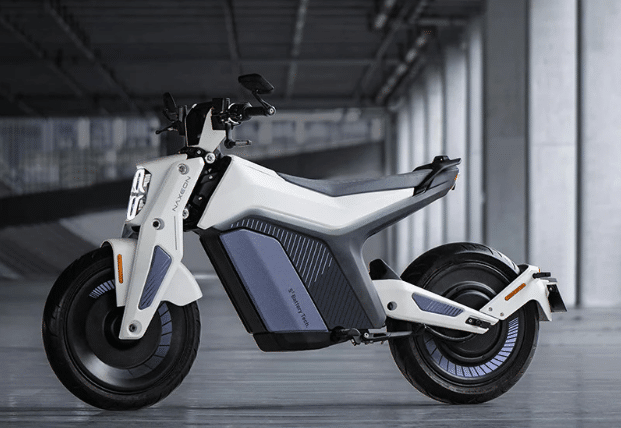The latest advancements to automotive technology changing the way we drive

The car has come a long way since 1886, when Carl Benz patented his design of a “vehicle powered by a gas engine”. His invention, widely regarded as the first modern car, created a practical, marketable car capable of everyday use.
Over the years, technology has not only changed the way cars are produced, but altered the way we drive, use and interact with them. While we take them for granted today, some of the biggest changes include:
- 1900s: Electric headlights
- 1920s: Automatic and electric wipers
- 1934: Coil spring suspension
- 1948: Radial tires
- 1949: Car key ignition
- 1950s: Power Steering
- 1960s: Seatbelts
- 1975: Catalytic convertors
- 1990s: Anti-lock braking systems (ABS)
Tech continues to evolve at a rapid rate, impacting the automotive industry and car design. What were once deemed as luxury add-ons a few years ago, are now deemed a necessity for car buyers. Bluetooth, air conditioning, USB sockets, parking sensors, and rear cameras are just some of todays modern features that have changed the way we interact and drive our cars. Other technological trends include:
Tires
Car tires are a vital part of every vehicle and they’ve seen significant evolution during their lifetime, from the materials used in construction through to their performance. The early solid rubber tires have been replaced by pneumatic tires with radial technology that produce a smoother, safer, and more comfortable ride for drivers.
However, customer choice does not stop there. Consumers can now choose from a whole host of top-tier tires that will cater to a wide range of aesthetic and practical needs: Low-Profile, Ultra High Performance (UHP), SUV, Off-Road, All Season, Winter, Summer, Eco-friendly, and Energy Saving tires are just some of the many options available.
Connected tires are also starting to become a common feature on many vehicles with tire sensors used to monitor pressure, temperature, and tread depth. This information is then relayed to the car’s onboard computer to maximise tire safety and performance.
Electric Vehicles (EVs)
One of the biggest technological shifts in the automotive industry is the rise of the EV. These vehicles are becoming ever more popular as drivers look for a greener alternative to fossil fuelled cars. Many countries have also pushed the initiative by offering tax breaks and other buying incentives.
Ever improving battery technology and charging infrastructure has seen the range and charging speeds of EVs improve considerably, making them even more appealing to consumers. As prices continue to drop and more competitors enter the market, especially from China, the future of EVs looks bright.
Advanced Safety Features
Safety has always been a key feature in the automotive industry and is often quoted as the number one priority among consumers. In Europe, mandatory safety requirements require all cars sold in the EU to have the following features:
- Advanced Driver Assistance Systems
- Intelligent speed assistance
- Enhanced crash test standards
- Data recording
- Pedestrian protection
Lane-keeping devices and forward collision warnings are some of the new safety technologies that are already standard in many vehicles, while Adaptive Cruise Control (ACC) – which adjusts the cars speed depending upon the distance to the car in front – is not far away.
Technologies of the future
Fierce competition in the automotive industry manufacturers continues to push the boundaries of technology and change our everyday driving experience. The innovations of the future that are getting the industry insiders excited are:
Self-Driving Vehicles
They seem to have been around for several years but self-driving cars are still yet to be rolled out to consumers. The technology continues to be tested to ensure it is safe to use, however, it seems like a matter of “when”, not “if” it will ever happen.
Connectivity
Imagine a world where your car can communicate to the traffic lights and road signs and share information on traffic conditions, accidents and more. Designers are hoping that “connected cars” will soon baa belt do just that and help improve safety and traffic flow.
Biometric vehicle access
Ford are currently testing a security system that uses a smartphone to connect to a car. It could allow the driver to unlock certain doors, authorising access to the vehicle and even change settings to control speed limits for a family member.

Best Tips and Tricks for Bitcoin Investments

Top Benefits of Hiring Professional Pet Sitting Services for Your Pets

Expert Insights on Improving Productivity and Efficiency

Accelerating drug discovery through the DEL-ML-CS approach

AI in Marketing Is No Longer a Buzzword — It’s the Strategy

Affordable Fun: The Rise of Knock Off Honda Groms in the Mini Bike Scene

Ride Smart on a Budget: The Cheapest Street Legal Motorcycles That Deliver Value

Top Features That Make Gas Powered Mini Bikes for Sale Worth Every Dollar









